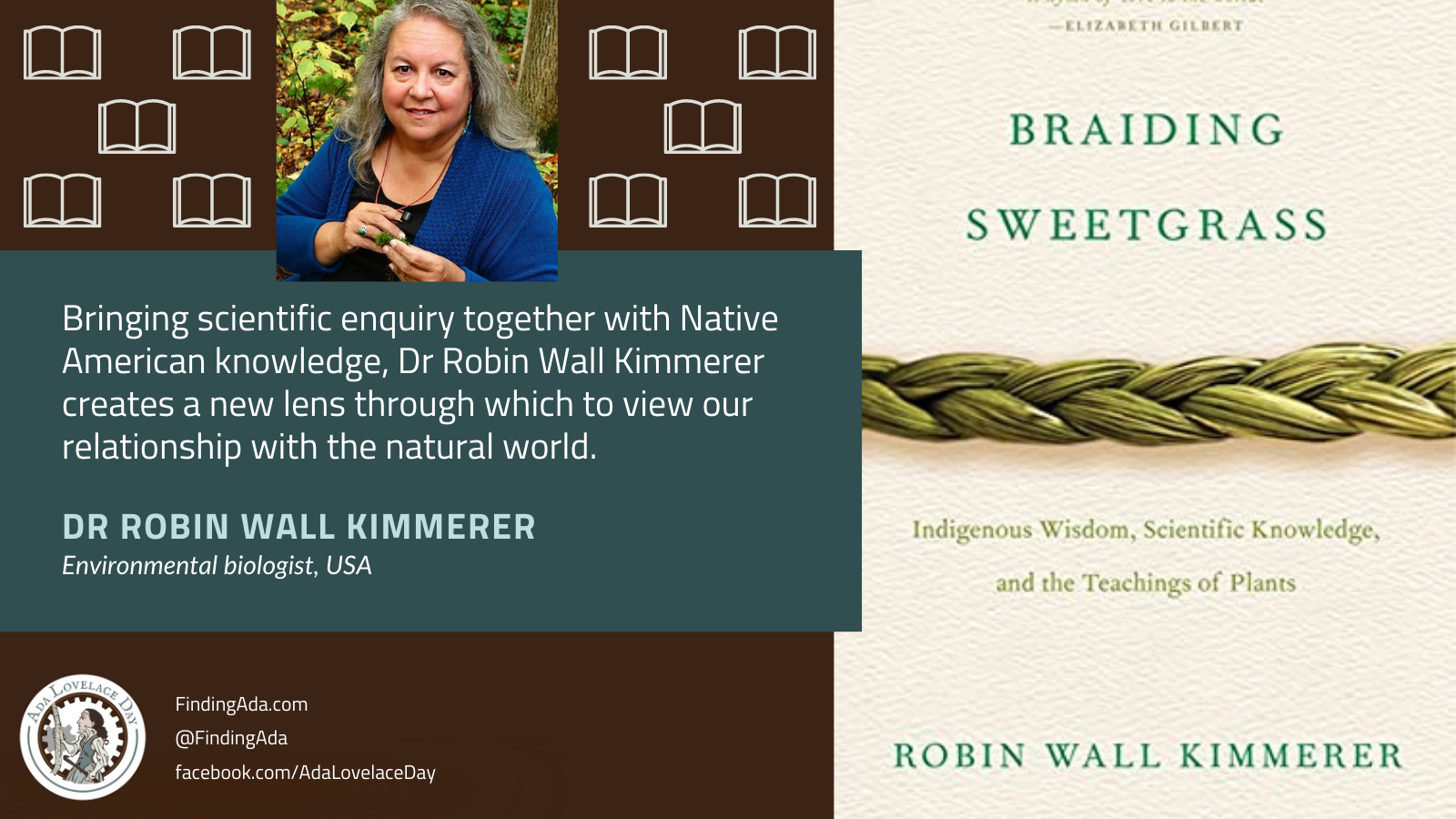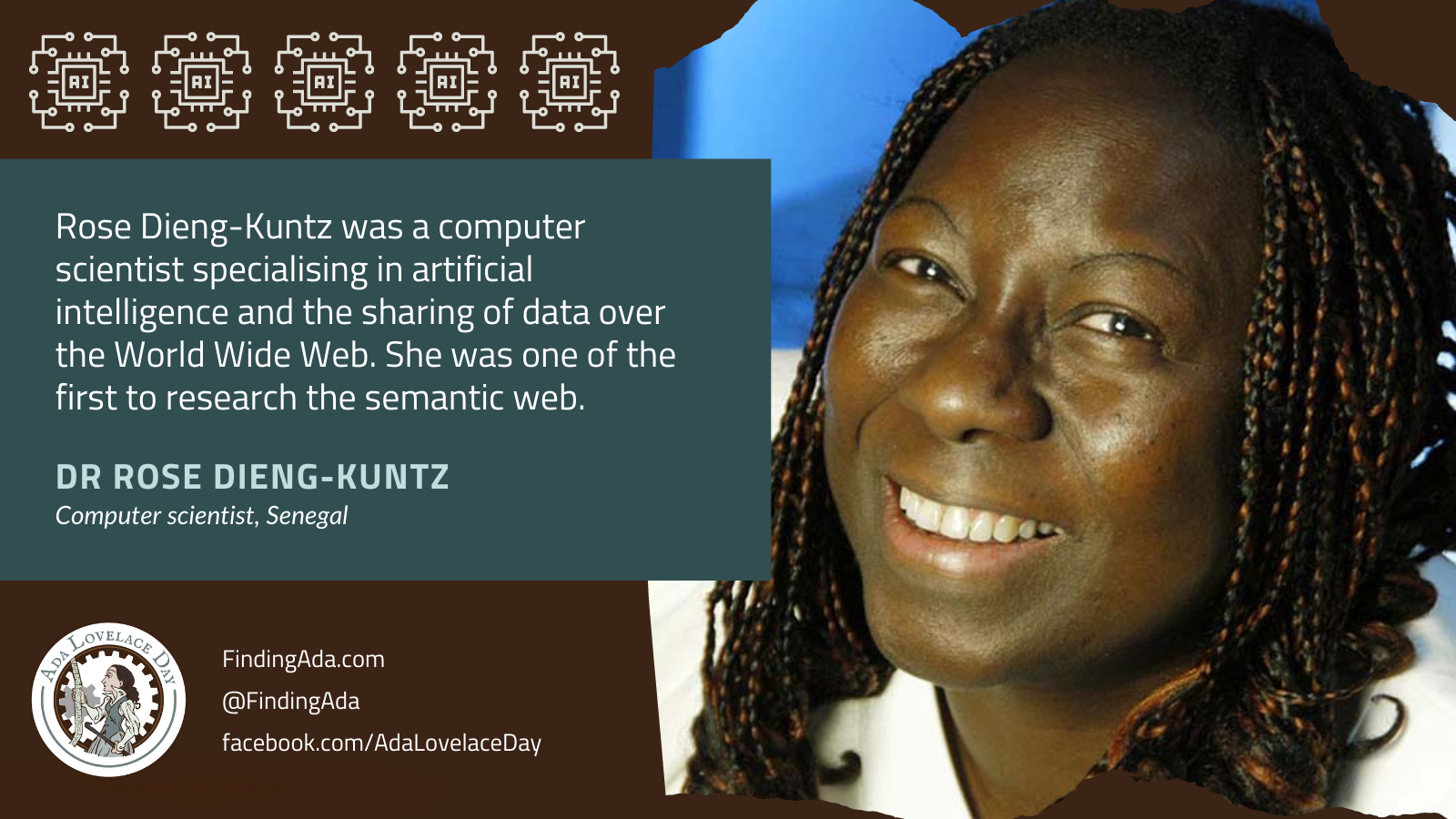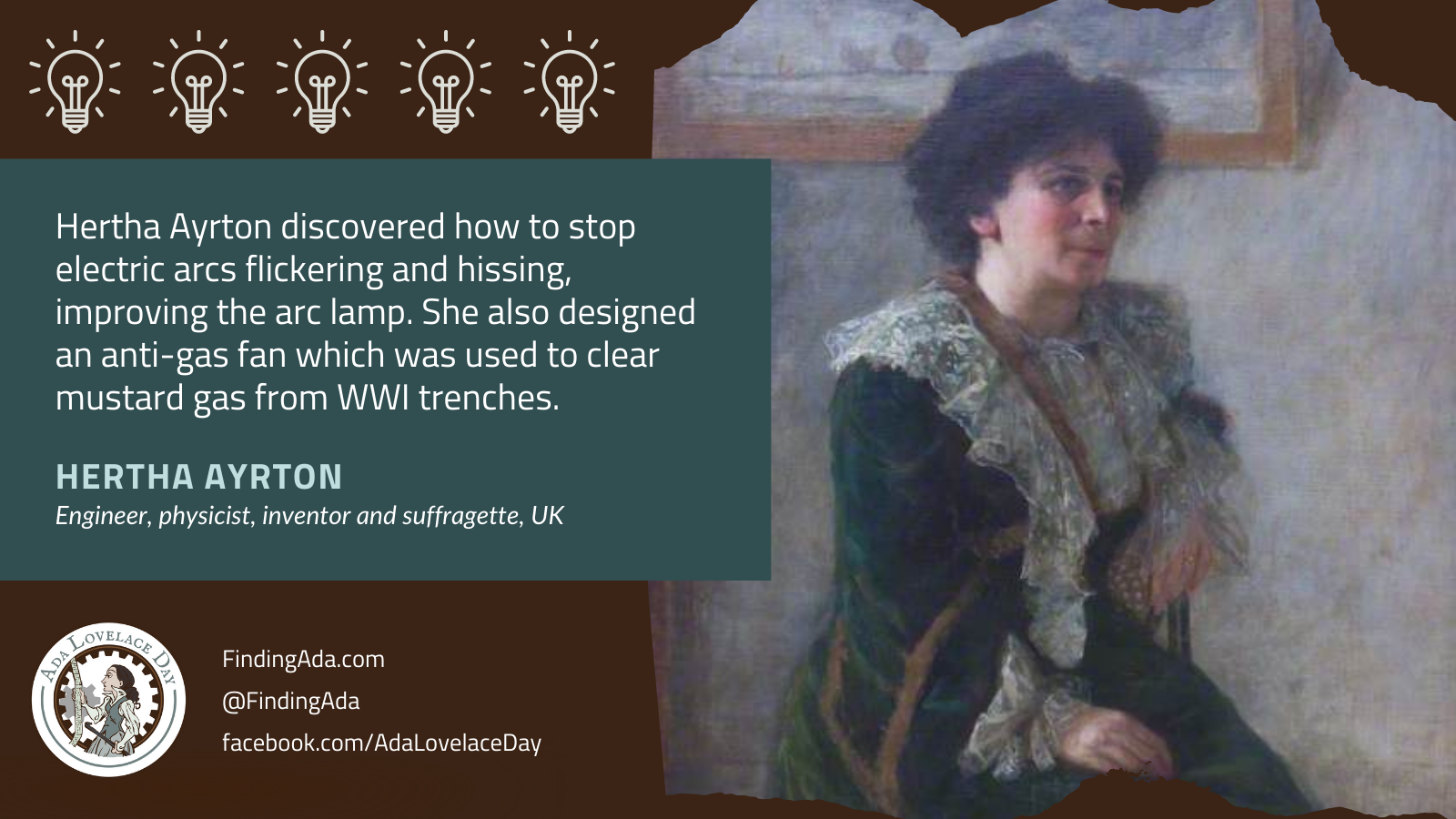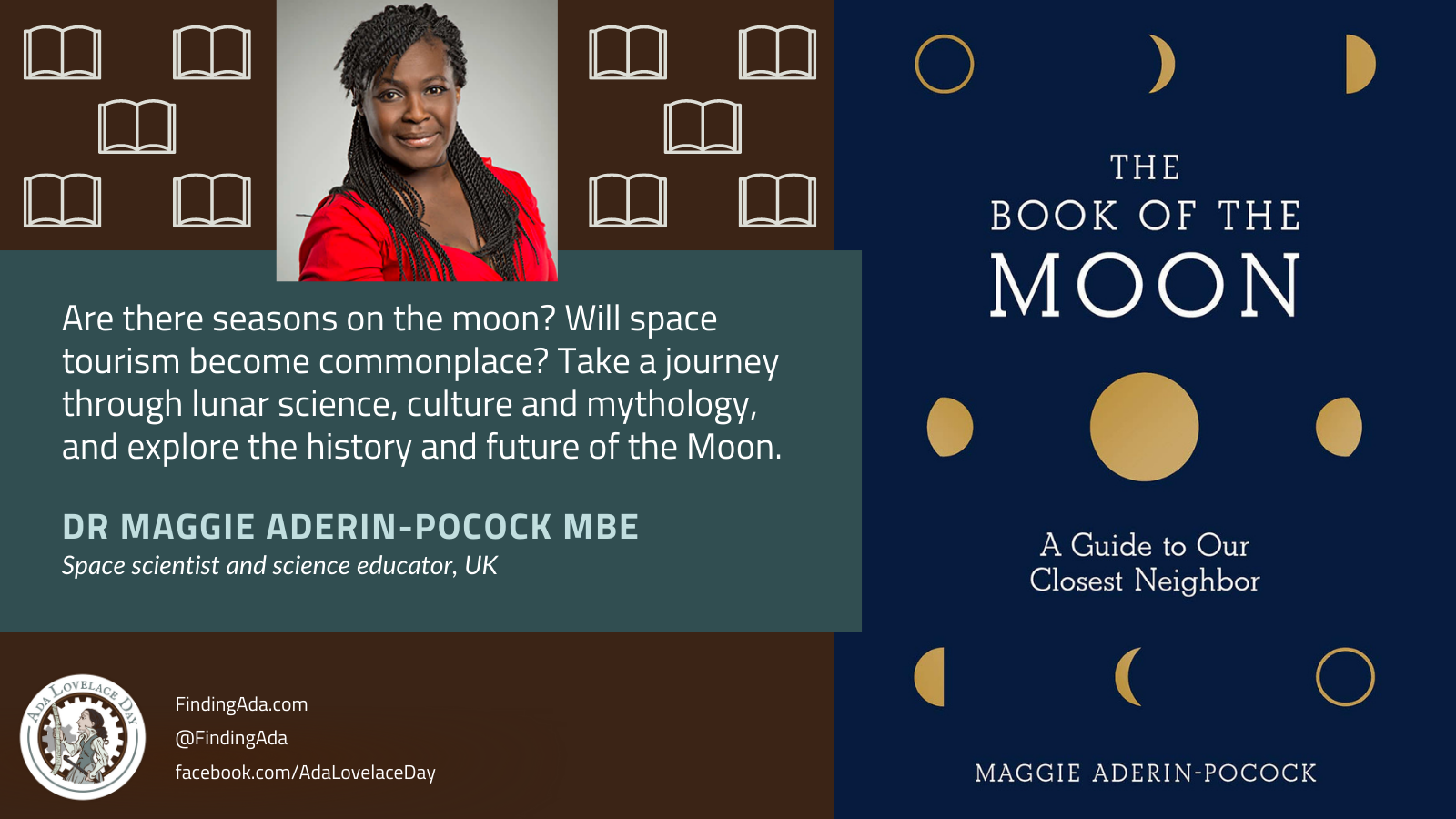Braiding Sweetgrass: Indigenous Wisdom, Scientific Knowledge and the Teachings of Plants, Dr Robin Wall Kimmerer
As a botanist, Robin Wall Kimmerer has been trained to ask questions of nature with the tools of science. As a member of the Citizen Potawatomi Nation, she embraces the notion that plants and animals are our oldest teachers. In Braiding Sweetgrass, Kimmerer brings these two ways of knowledge together.
Drawing on her life as an indigenous scientist, a mother, and a woman, Kimmerer shows how other living beings – asters and goldenrod, strawberries and squash, salamanders, algae, and sweetgrass – offer us gifts and lessons, even if we’ve forgotten how to hear their voices. In a rich braid of reflections that range from the creation of Turtle Island to the forces that threaten its flourishing today, she circles toward a central argument: that the awakening of a wider ecological consciousness requires the acknowledgment and celebration of our reciprocal relationship with the rest of the living world. For only when we can hear the languages of other beings will we be capable of understanding the generosity of the earth, and learn to give our own gifts in return.
Order the book on Bookshop.org.uk here and your purchase will support a local independent bookshop of your choice!
You can follow her work here:
Website: www.robinwallkimmerer.com



